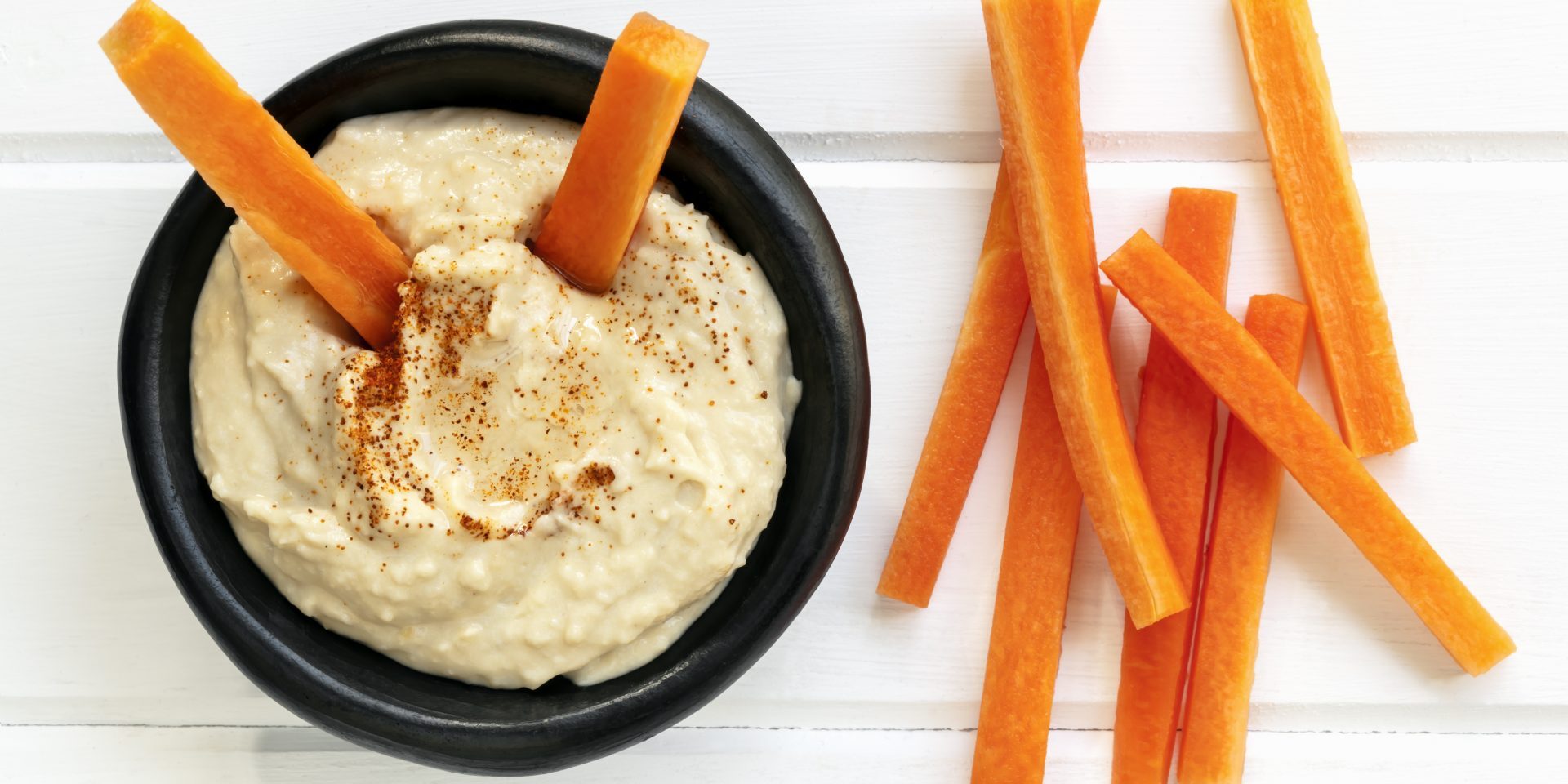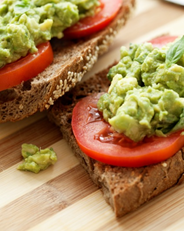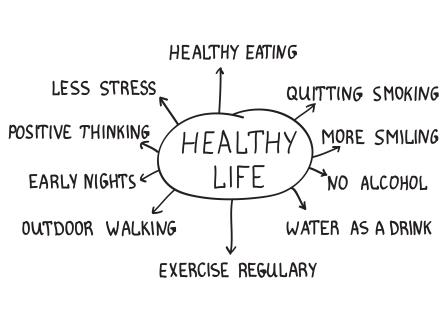Avoiding the afternoon slump
Do you ever feel low in energy by mid-afternoon and find yourself reaching out for high sugar snacks? Energy is needed for maintenance, growth and everyday activities. Boost your energy by fuelling your body with the right type of fuel. Our bodies need a combination of energy and nutrients to keep us going all day at optimal capacity.
Here are our 10 top tips to avoid the afternoon slump and help keep you feeling great for the rest of your day.
1. Choose slow release carbohydrates
Slow acting carbohydrates are low in glycaemic index (GI) which help keep our blood sugar levels, energy levels and appetite more steady. Great sources include rolled oats, natural muesli, wholegrain pasta, multigrain bread, basmati rice, tinned legumes such as chickpeas and lentils and sweet potato. Choose a slow carb at each meal or snack for longer lasting energy.
2. Don’t skip meals
Eating regular meals every 2-3 hours helps keep energy levels steady and avoid the afternoon crash. Start the day right with breakfast and include healthy morning and afternoon snacks such as fruit or nuts.

3. Include at least 5 serves of vegetables every day
Vegetables contain essential vitamins and minerals which play an important role in energy production. Add a side bowl of vegetables of your choice to your lunch or dinner meal. Vegetables such as carrots, celery and cucumber also make easy snacks when cut into sticks.
4. Remember to have 2 serves of fruit a day
Just like vegetables, fruits also contain many important vitamins and minerals required to unlock energy in our body. Whole fruit contains fibre, which helps slow down digestion, so choose fruit instead of sugary bars and chocolate to get that sweet taste plus other nutritional benefits.

Avocado and feta toast
Need a quick snack? Avocado and tomato and grainy toast is not only fast to prepare, but it also contributes to your five a day!
5. Aim to drink 6 to 8 glasses of water every day
Dehydration is a common cause of fatigue and can often be confused for hunger. Make sure you carry a water bottle with you to sip from throughout the day.
6. Enjoy iron rich food sources
Iron is an important nutrient which transports oxygen around the body for energy production. Aim to regularly include iron rich sources of food such as red meat, eggs and leafy greens.
7. Boost your B vitamin intake
B vitamins play a key role in releasing energy from food to fuel our body and in maintaining good mental health. Great food sources include wholegrains, eggs, meat and fish.
8. Watch your caffeine intake
Caffeine is a stimulant and in large doses can disturb sleep and contribute to dehydration. After the initial burst of energy, caffeine can cause a greater feeling of fatigue and low energy. Be smart with your caffeine intake and remember it’s not just coffee that contains caffeine. It can also be found in black tea, energy drinks, chocolate and cola drinks.
Remember:
- Choose low GI carbohydrates for sustained energy.
- Don’t skip meals – eat regularly.
- Try for 5 serves of vegetables and 2 serves of fruit each day.
- Keep hydrated.
- Enjoy iron rich food sources.
- Watch your caffeine intake.
9. Consider other factors besides diet alone
Sleep, stress levels and exercise also play a role in energy levels. Inadequate sleep and exercise can impact on your energy as can high stress and frantic lifestyles. Take time to think and reflect. Try devising a plan to help manage what may be an issue for you.

10. Speak to your healthcare professional
For some, it may be worthwhile having a chat with your Doctor to eliminate any medical reasons for persistent low energy levels.
Produced by Nutrition Australia ACT Division, 2016. Reviewed August 2021.




